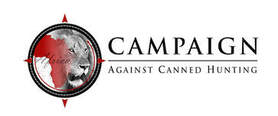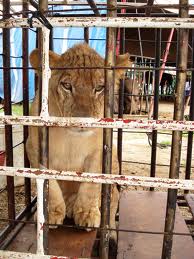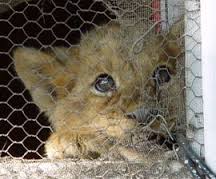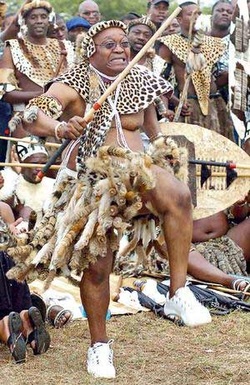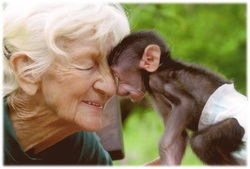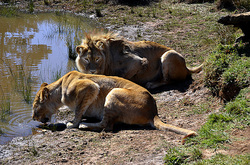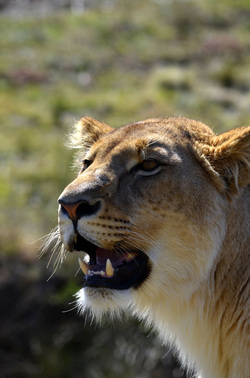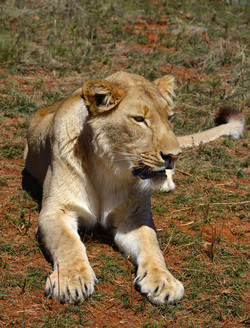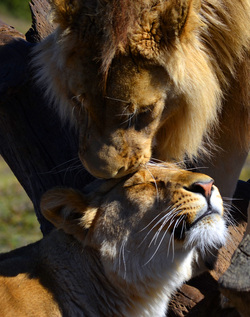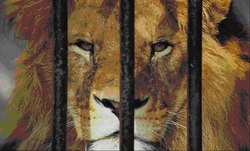
SPOTS operates in the Netherlands. Our major goals are educating, creating a network for several wild cat projects and raising funds for our supported projects in Africa and Iran.
SPOTS officially stands for Save and Protect Our TreasureS but also refers to ‘places’ to visit in the world.
Lots of people visit places where you can cuddle or walk with lion cubs. "Cub-petting."
We as SPOTS are very worried by this phenomenon since it can be a threat for wild lions because wild lions get taken away from the wild for new blood. Further we think many of these projects are unethical. They suggest that cubs will be put back into nature when matured but this is nearly impossible.
Most probably these cubs end in the Canned Hunting Industry. We think that many volunteers and tourists don’t support this but simply don’t know. Therefore we are focusing on giving education in the Netherlands.
One thing we do is to actively lobby Dutch tour operators, urging them not to promote places where cub petting takes place, and to withdraw them from their itineraries.
